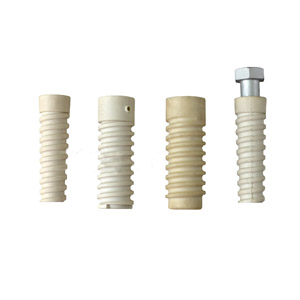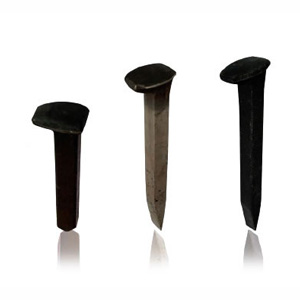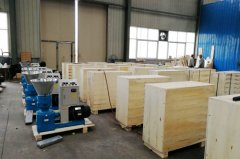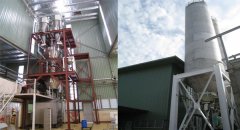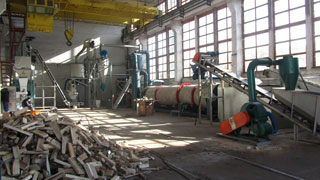Rail Tie Plate
The Rail Tie plate, also known as sole plate and base plate, is a thick steel plate, located between the rails and sleeper ties to enlarge the touching area and maintain the rail in right gauge. In general, the rail tie plates are tapered at each end to improve stability and reduce torsion along the track. As practice manifests, the rails on which the tie plates are mounted can better maintain their position, which facilitates normalizing the gauge along the length of the track. During rail construction, railway engineers and workers use rail tie plate to extend the life of the new rail and ensure the safety of rail transport.

Types of rail tie plates
Commonly, rail die plates can be divided into 3 types according to their processing method. They can be made by forging, rolling or casing. Each type of rail tie plate has its distinctive features.
Traditionally, casting is seen as the most popular in both China and abroad. But in recent years, with the increase of demand from foreign customers, especially in America and Canada, rolling technology is developing rapidly.
As one of the leading rail tie plate manufacturer in China, AGICO is experienced in manufacture of these 3 types of rail tie plates. With high production technology, we are able to meet the large demand for rail construction. Besides, we are able to manufacture both single shoulder and double shoulder plates. And all of our products can meet the standard of AREMA, UIC, BS, etc.
Rail tie plates by forging:
We have 300T ~ 1600 T forging friction presses and 7 forging production lines, and 5T electro-hydraulic hammer. Our forging annual production capacity is up to 12,000 tons of rail plate, a amount of 400,000 forged rail plates.

Rail tie plates by rolling:
AGICO is the first company in China that engaged in rolling method for making rail tie plate. Thanks to the rich experience on steel rolling used for fish plates and gauge blocks, we have manufactured various types of dies, such as 11, 14, 14-3/4 inch die for 5-1/2 and 6 inch rail tie plates.

Rail tie plates by casting:
Casting, among the 3 die production technology, is regarded as the most cost-effective way. We own 2 casting workshop specialized in tie plate casting. With hot pre-coated sand and machining method, we are able to ensure the accuracy of the tie plate.

Parameters of main Rail Tie Plate
| Type | Dimension | Holes | Incline | Rail | Weight(Kg) |
|---|---|---|---|---|---|
| Rph 1/160 | 345/285/127/160x15/13 | Ø26 (4x) | 1:40 | S 49/S 54 | 7,86 |
| Rp 01/01/160 | 345/285/127/160x15/13 | Ø26 (4x) | 1:40 | S 49/S 54 | 7,70 |
| Rph 1/210 | 345/285/127x210x15/13 | Ø26 (4x) | 1:40 | S 49/S 54 | 10,55 |
| Rph 1/210 | 345/285/127x210x15/13 | Ø36,3 (2x) | 1:40 | S 49/S 54 | 10,55 |
| Rph 1/210 FVZ | 345/285/127x210x15/13 | Ø26 (4x) | 1:40 | S 49/S 54 | 10,69 |
| Sph 1(a) | 345/350/127x410x15/13 | Ø26 (8x) | 1:40 | UIC 60 | 20,60 |
| Rph 6/160 | 370/310/152x160x15/13 | Ø26 (4x) | 1:40 | UIC 60 | 8,44 |
| Rph 6/210 | 370/310/152x210x15/13 | Ø26 (4x) | 1:40 | UIC 60 | 11,32 |
| SZ 60 | 370/350/152x420x15/13 | Ø26 (8x) | 1:40 | UIC 60 | 22,73 |
| Rph 11 Ü | 664/554x160 | Ø26 (4x) | 1:40 | S 54 | 15,37 |
| Rph 13 Ü | 690/570x160 | Ø26 (4x) | 1:40 | UIC 60 | 15,27 |
| Rpo 5 | 345/285/127x160x15/13 | Ø26 (4x) | 1:20 | S 49/S54 | 8 |


